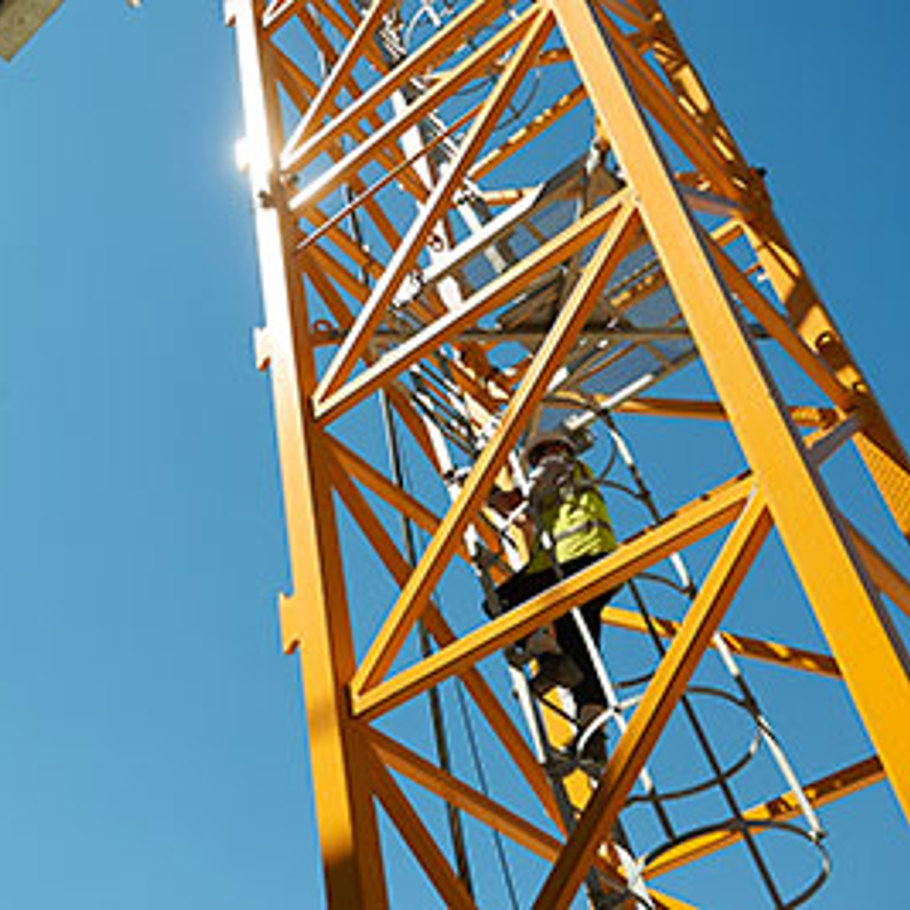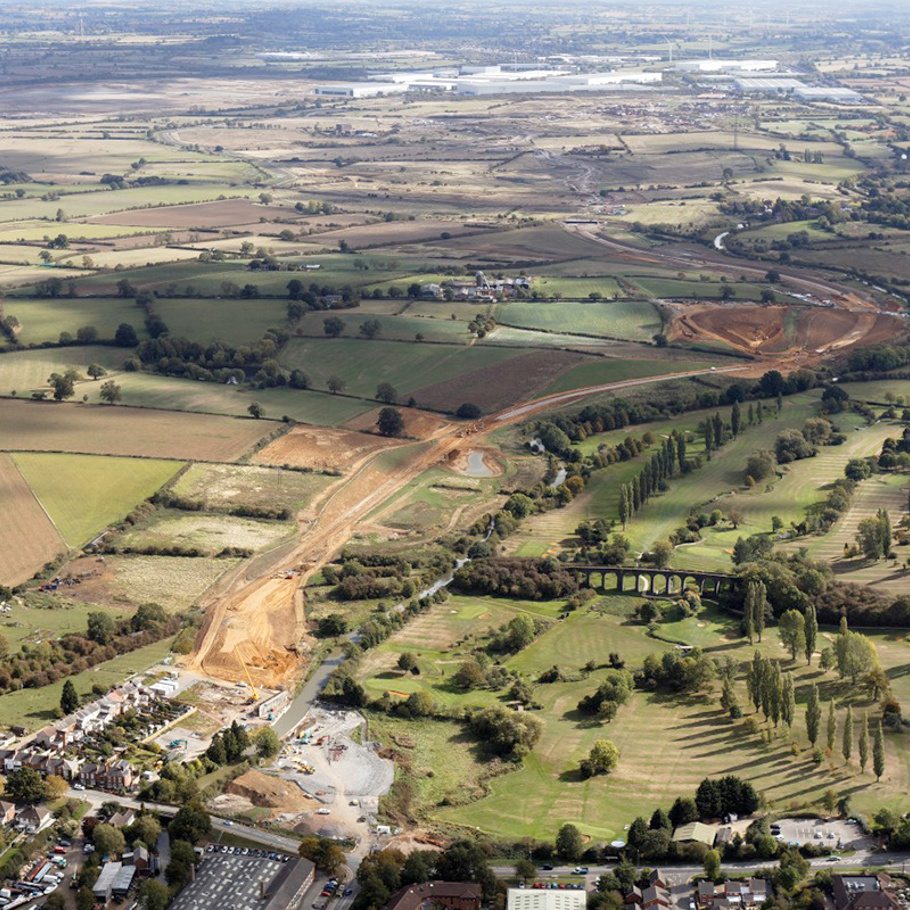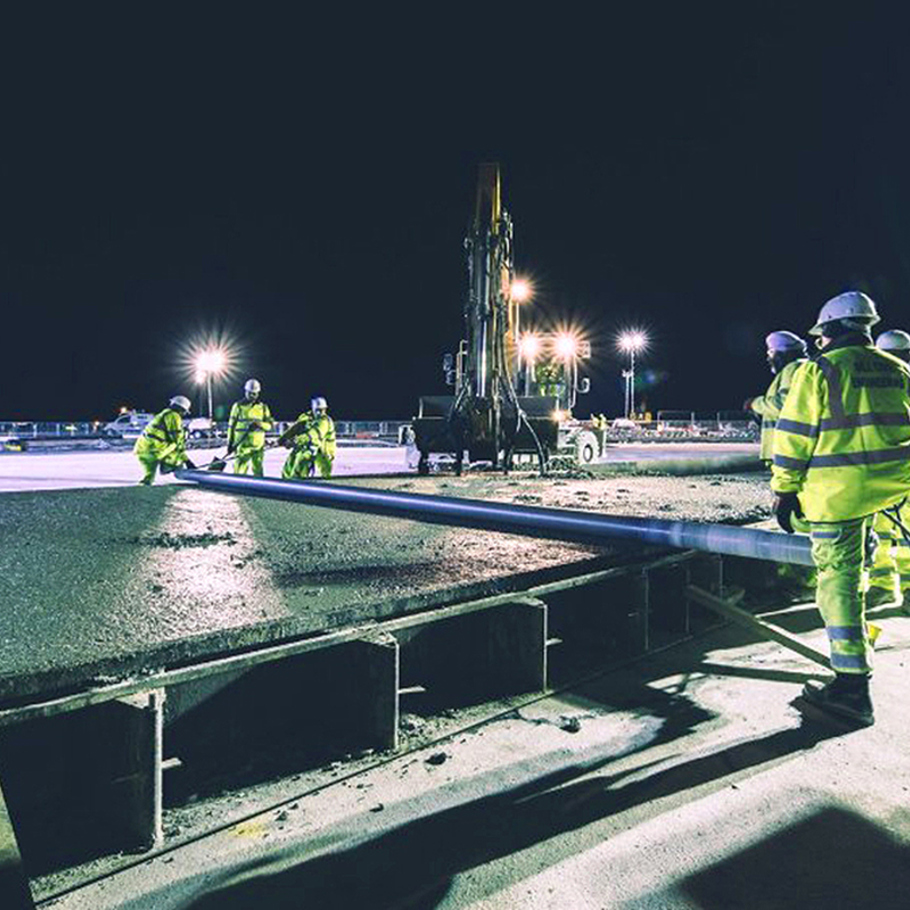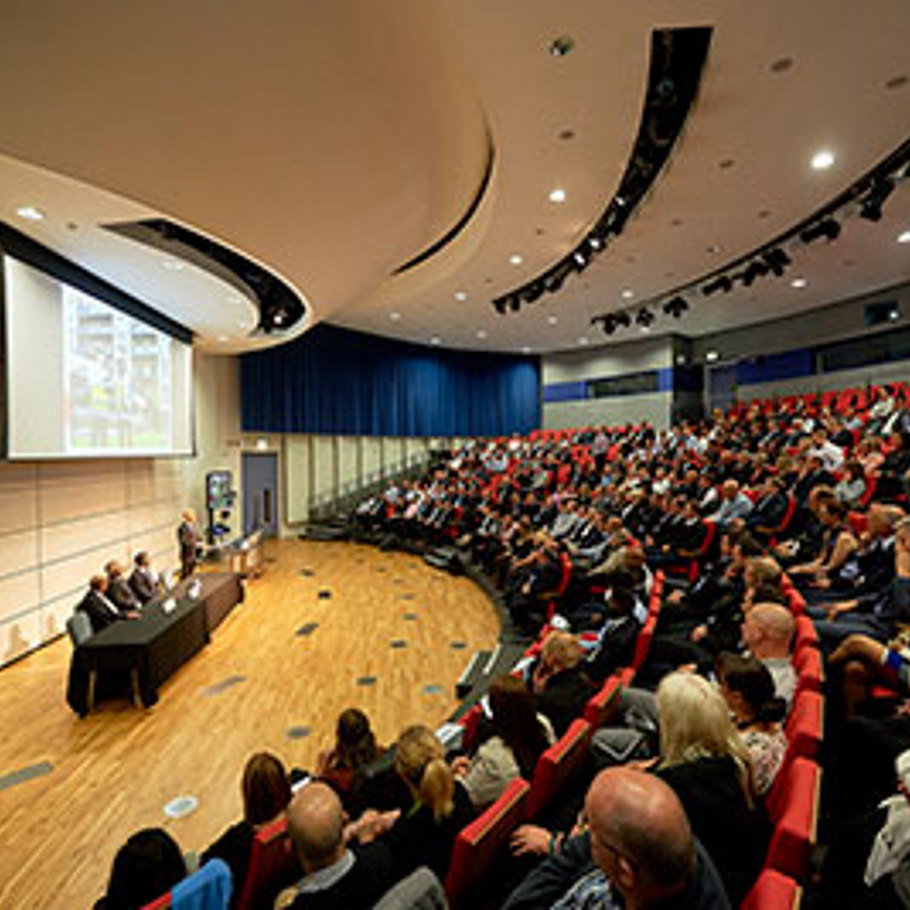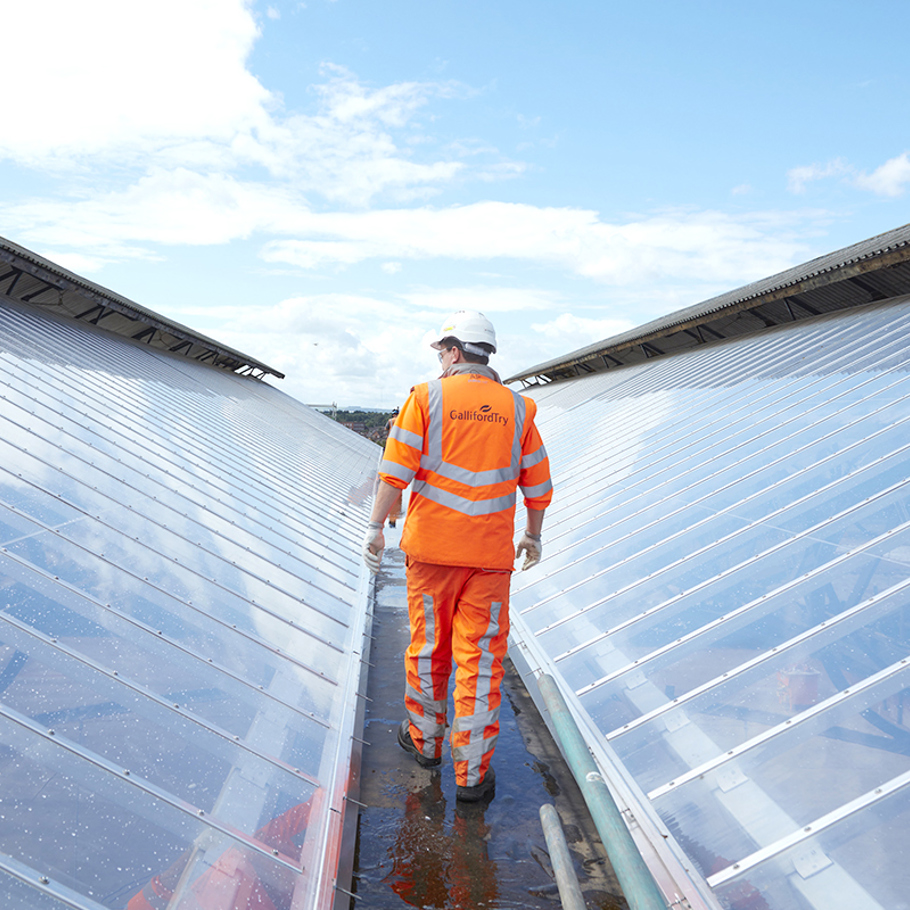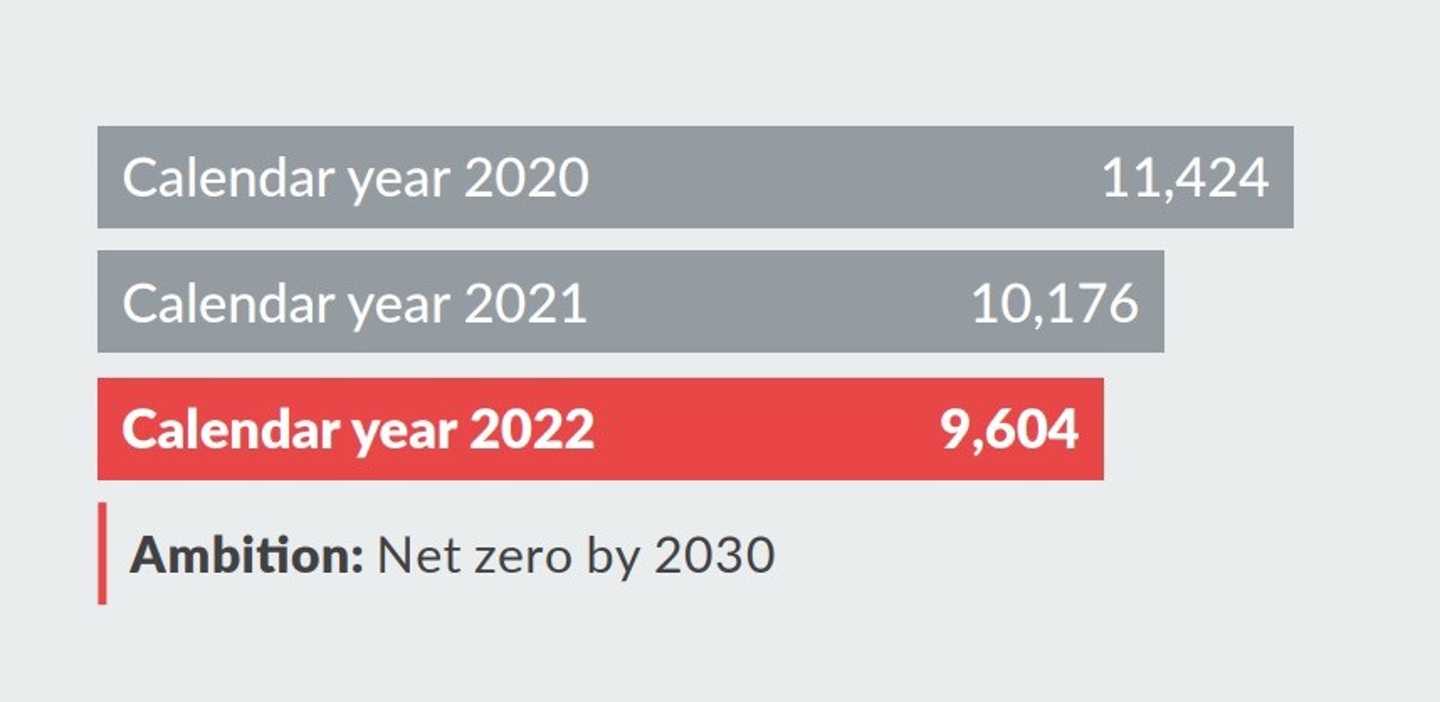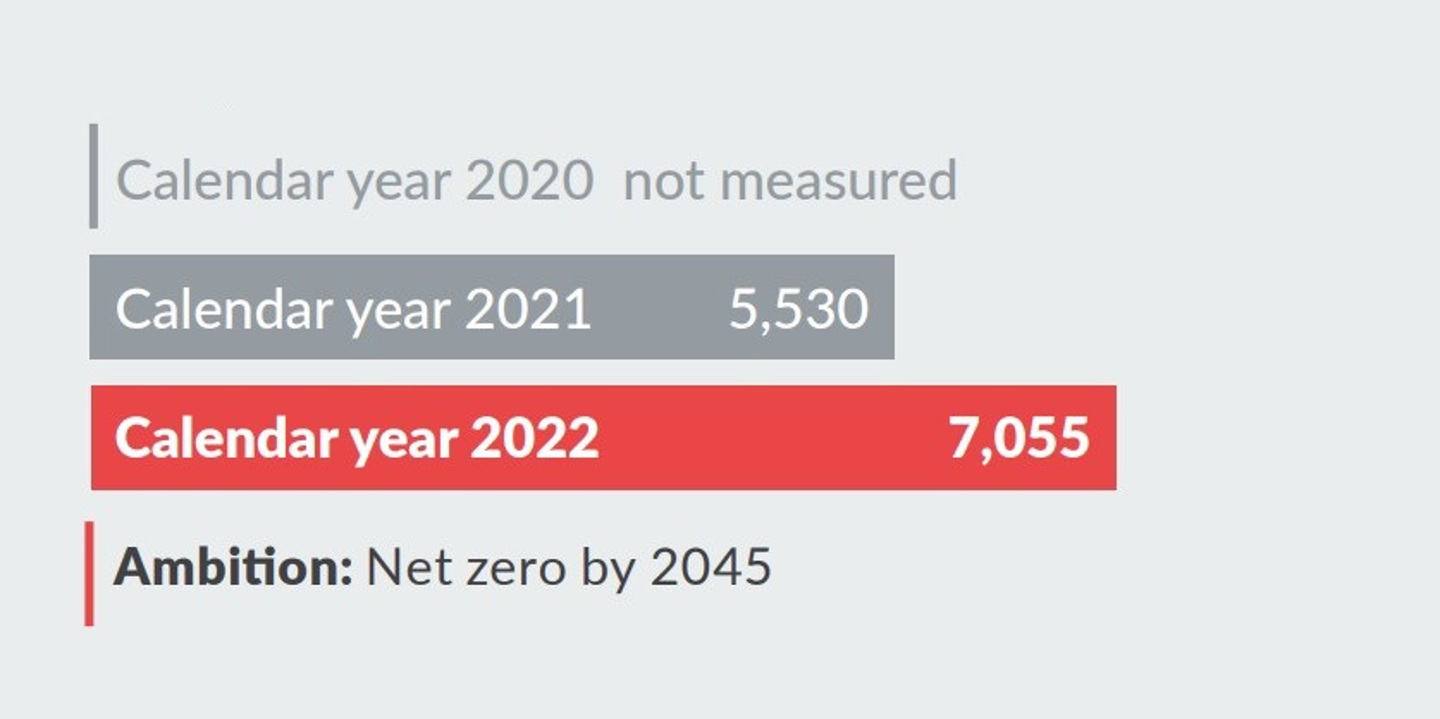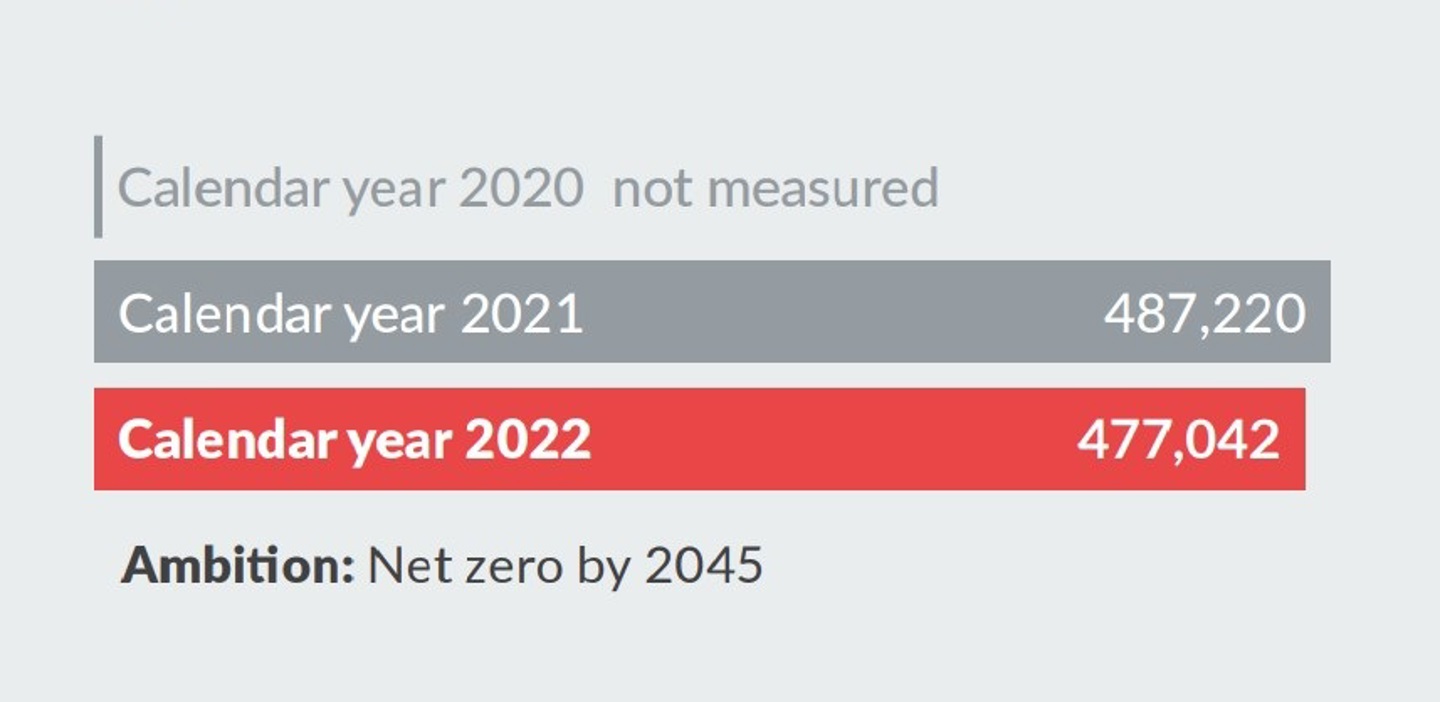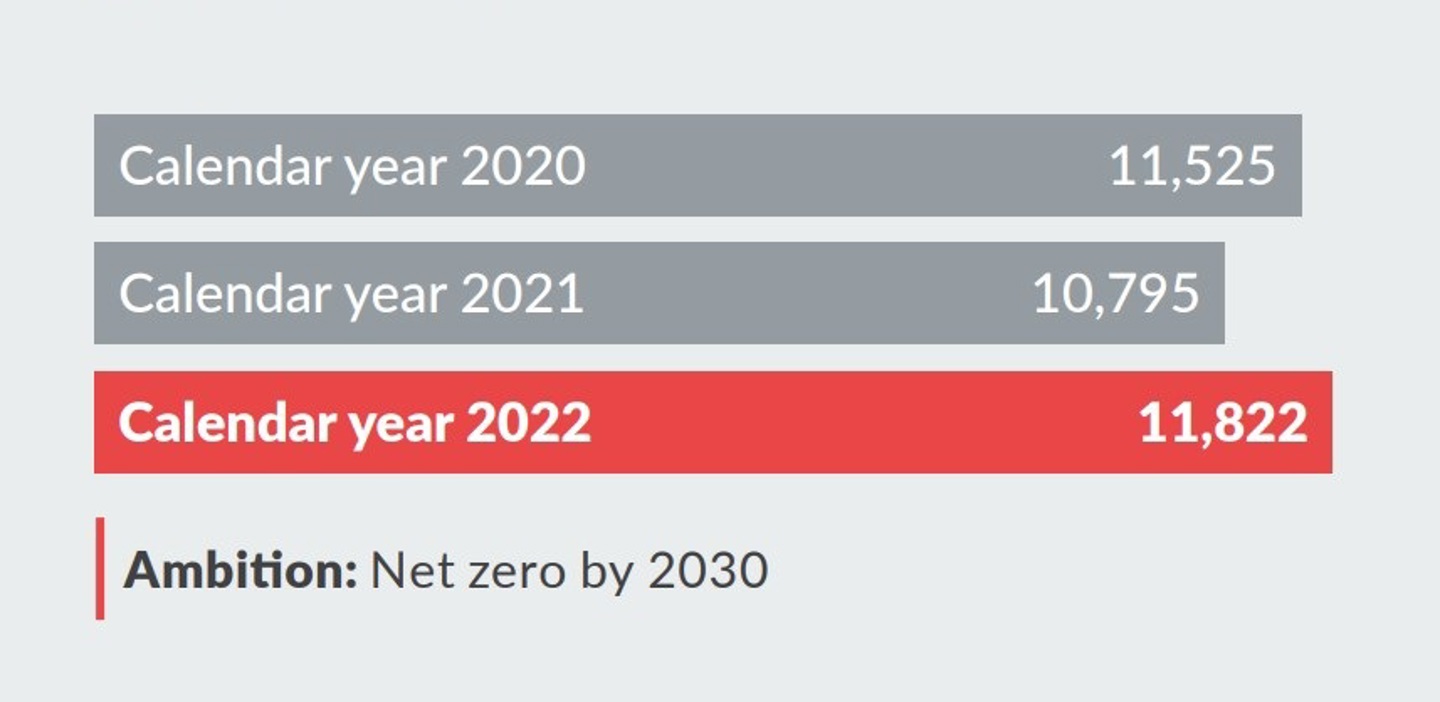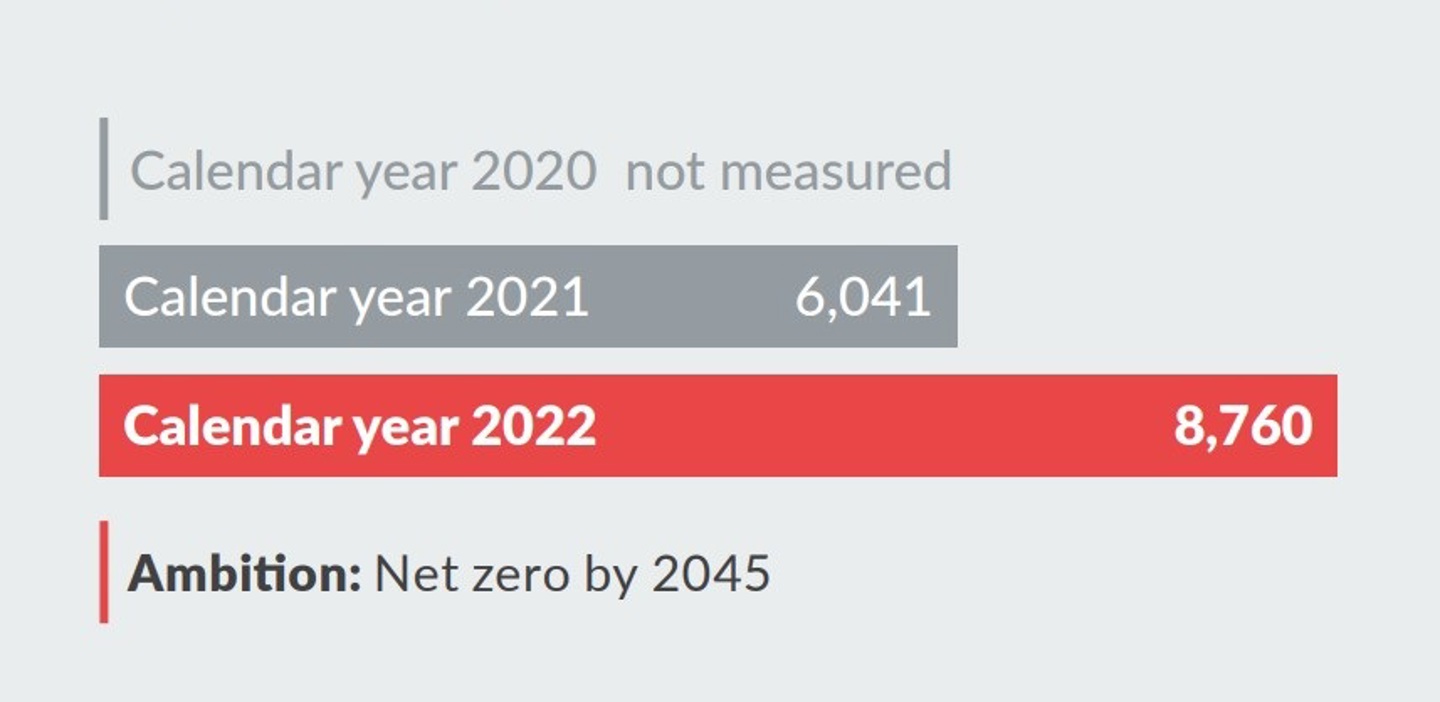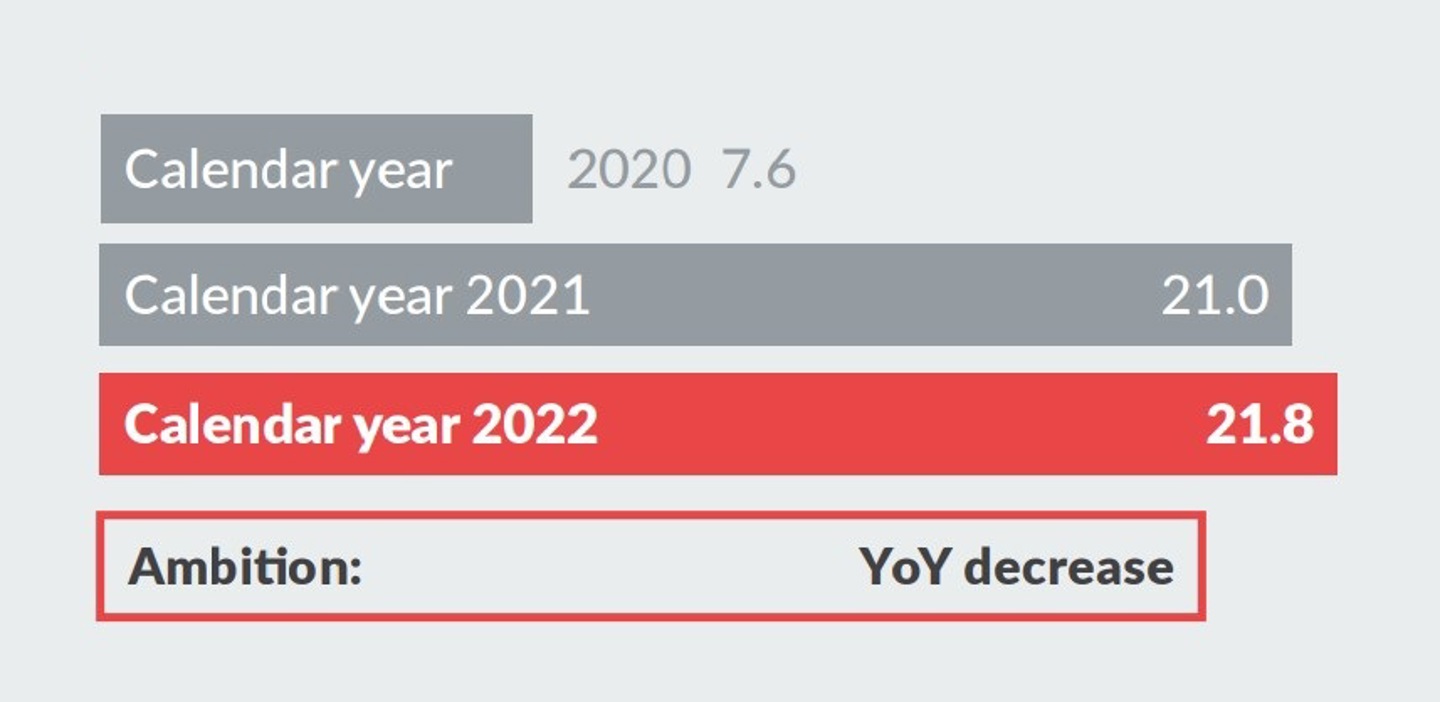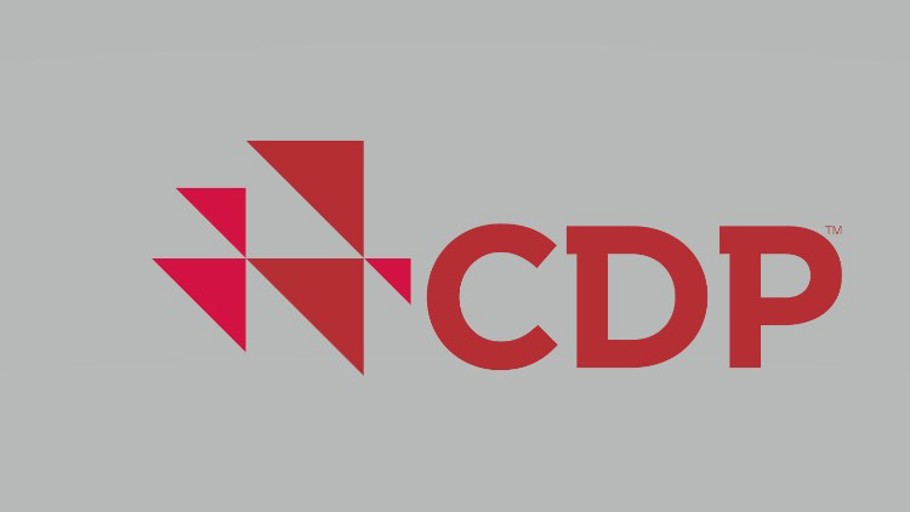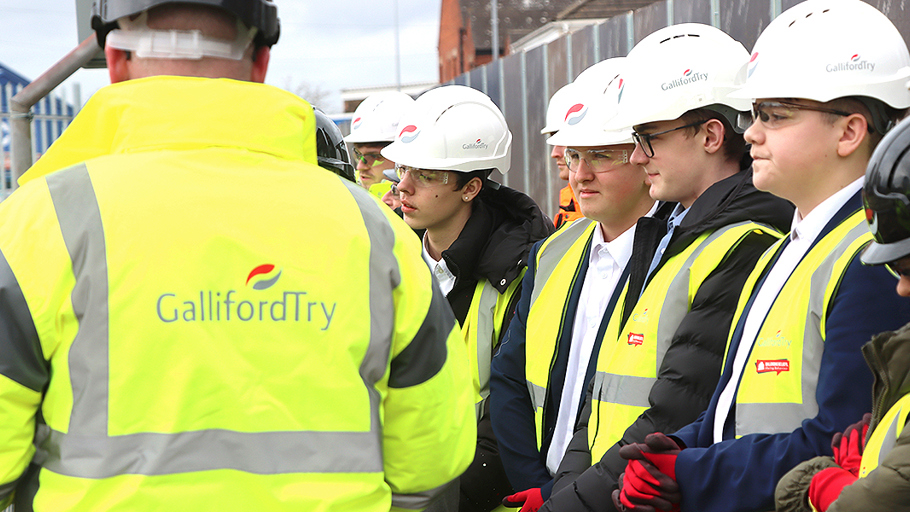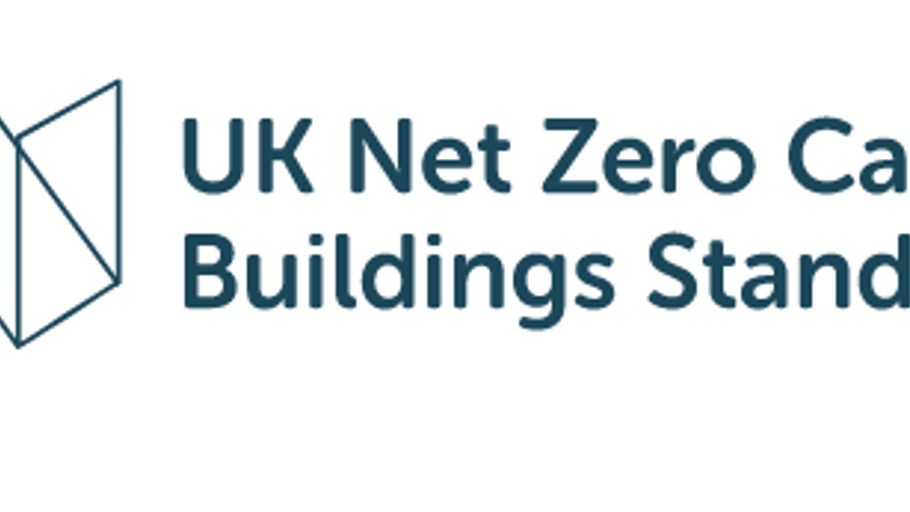1 Like-for-like emissions exclude from all years, the impact of the acquisitions in 2021 and 2022, and minor changes made to the Scope 2 methodology in 2022 to: include an estimate of energy consumption in offices where the electricity usage is included in the rent/service charge; to use mileage claim data to calculate emissions from electric vehicle charging; and to exclude consumption for our FM clients where we pay the bill, as these should not have been included.
2 Carbon dioxide equivalent emissions and waste intensity are reported by calendar year, therefore the emissions reported for FY23 relate to the calendar year 2022. Since 2014, our reported emissions have been externally verified to the ISO 14064-3 assurance standard.
Scope 1 and 2 carbon emissions
Our Scope 1 emissions predominantly relate to fuel use in company cars and vans and on-site plant and equipment. Scope 2 emissions relate to consumption of electricity in our sites and permanent offices. On a like-for-like basis, excluding the impact of the acquisitions in 2021 and 2022, and minor changes1 made to the Scope 2 methodology in 2022, our Scope 1 and 2 emissions showed a 5.6% reduction, from 10,176 tonnes of carbon dioxide equivalent emissions in 2021 to 9,604 in 2022, continuing our downward trajectory since we first started reporting in 2012. Our performance reflects a number of ongoing initiatives including:
+ A reduction in the amount of diesel used to power plant and equipment on our sites.
+ Earlier connections to mains electricity supply.
+ More energy efficient site office and welfare cabins.
+ A transition to an electric and plugin hybrid vehicle company car fleet following which, at 30 June 2023, 79% of the 1,512 vehicles in our company car fleet were electric or plug-in hybrid and the average emissions per vehicle had reduced to 30.0g/km (30 June 2022: 60.1g/km).
Including the acquisitions and Scope 2 methodology changes, we saw a 9.5% increase in our Scope 1 and 2 carbon emissions from 10,795 in 2021 to 11,822 in 2022. We have now reduced carbon emissions within our own operations by 69% from 2012 to 2022 on a like-for-like basis, and remain on track to achieve our target of achieving net zero by 2030.
Scope 3 emissions
Scope 3 – verified emissions
For calendar years 2021 and 2022, we have reported emissions from Scope 3 categories where we had sufficient source data such as business travel expense claims, and information regarding employee commuting to calculate emissions using a distance-based method. These emissions are included within the boundary of the external verification.
Our verified Scope 3 emissions increased by 27.6% from 5,530 in 2021 to 7,055 in 2022 on a like-for-like basis, excluding acquisitions from both years. Including the acquisitions, our verified Scope 3 emissions increased from 6,041 in 2021 to 8,760 in 2022. The biggest contributor to this increase was the expected post pandemic return to more normal levels of employee commuting and business travel.
Full Scope 3 – estimated emissions
To gain a better understanding of our full carbon footprint, during the year, we have developed a model for estimating the carbon emissions across all other Scope 3 categories, with support from the Carbon Trust. The model is aligned to the Corporate Value Chain (Scope 3) Accounting & Reporting Standard, and uses a spend-based method to estimate our emissions for categories of activity where detailed activity data is not readily available, such as construction materials that are procured indirectly through our subcontractors, rather than directly from the product supplier. Using this model, we have been able to estimate our full Scope 3 emissions for the first time.
Currently, we do not include full Scope 3 emissions within the boundary of the external verification due to the inherent limitations of the spend-based method, and we will continue to report the verified Scope 3 emissions as well as our estimate of our full Scope 3 emissions.
Our estimated Scope 3 emissions decreased by 2.1% from 487,220 tonnes of carbon dioxide equivalent emissions to 477,042. We are unable to calculate a like-like basis excluding acquisitions due to current limitations in the model.



